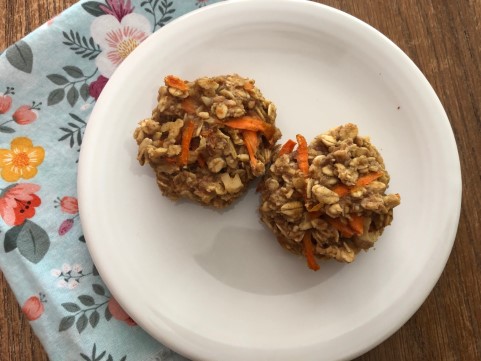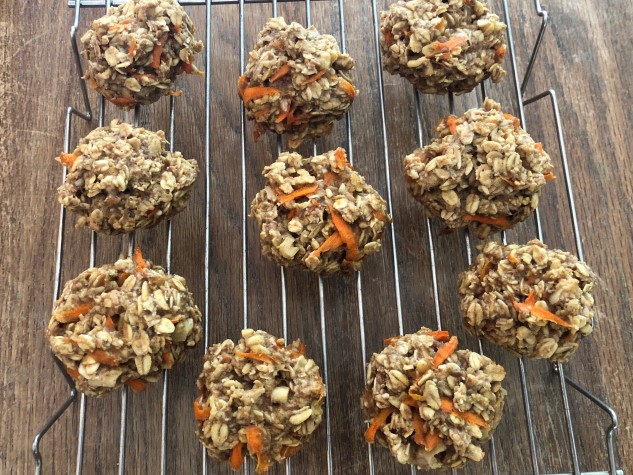Tips for Raising Healthy, Happy Eaters
By: Jessica Clifford, MS, RDN, Extension Specialist – Nutrition

Maybe you find mealtime with your family to be a happy and calm. Possibly, you find meals stressful, consumed with pleading, bargaining, or arguing with your children to eat their food. Perhaps you find yourself somewhere in the middle.
As with any part of raising children, mealtime can be chal-lenging. There are many good parents who have children who prefer cookies over carrot sticks, request to watch TV while eating dinner, or ask for something else for dinner rather than what is being pre-pared. It is only natural to want to give children what they want and to be concerned when they don’t eat the food in front of them.
Make Meals a Happy Time While Teaching Healthy Habits
When we think about establishing healthy eating habits for our children, there are two main parts – what we feed our children and how we feed them. We hear a lot about what to feed children –more fruits, vegetables, healthy fats, and whole grains. But, how we feed our children is just as important.
- When possible, have family meals. Families that eat together tend to eat more healthfully, such as eating more fruits and vegetables. The act of eating as a family has also been shown to promote higher self-esteem, better academic performance, and better communication skills in children.
- Let children decide if they want to eat a food or not and how much. The parent’s responsibility is to decide what food to offer, when to offer it (mealtime, snack time, etc.), and where it will be eaten (kitchen table, picnic on the grass, etc.) However, trust your children to decide if they want to eat it and how much. Children know when they are full or hungry and it is important that we allow them to listen to their instincts.
- Remain neutral about foods. Avoid talking about “good” foods or “bad” foods. All foods can be part of a healthy diet. There are just some foods we should serve more or less often.
- Be a good role model. Eat the same healthy foods you want your children to eat. If they see you doing it, they are much more likely to eat those same healthy foods.
- Offer new foods multiple times, in many forms, in many settings. It can take 15-20 exposures for a child to accept a new food.
- Never force a food. Forcing a child to eat a food could lead to a child having bad associations with certain foods or eating in general.
- Establish routines and be consistent. A consistent meal and snack routine helps children understand where, when and how they will eat.
- Avoid distractions while eating. Turn off screens and other distractions, which can lead to overeating.
- Avoid offering food for emotional comfort or as a reward. Help children understand that when they are emotional about something, they don’t need to turn to food for comfort. For example, if your child is having a tantrum, give them the words to express their feelings, your time and attention, or a safe space to calm down, rather than a cookie to make it all better.
Let’s Talk

Involve your children in the selection, preparation, and cleanup of meals. Kids are more likely to eat what they make and it provides a sense of ownership.
Tips for Involving Kids in Cooking:
- Ask your children to help make a meal plan and challenge them to find recipes that include new foods.
- Bring them grocery shopping and ask them to help make a grocery list.
- Include children in tasks such as washing produce, setting the table, simple chopping, and mixing. Assign each child a different task.
- At the meal, ask your child to share how he/she contributed to the meal
- After the meal, have them help put food away, do dishes, and clean the table.
Taking the time now, when children are young, to teach them healthy eating habits will help foster these habits into adulthood. With a lifetime of healthy eating habits comes improved health, as well as increased enjoyment of eating.
Recipes for Health
Peanut Butter Breakfast Cookies
Serves: about 16 cookies

Ingredients
2 over-ripe bananas
½ cup peanut butter
2 tsp vanilla extract
3 Tbs honey or maple syrup
2 cups oats (quick cooking or old-fashioned)
1 tsp cinnamon
½ tsp cardamom(optional)
½ large carrot, grated
¼ cup chopped walnuts or pecans (optional)
Instructions
- Wash hands and all food contact surfaces.
- Preheat the oven to 350 degrees F.
- In a large bowl, mash the bananas.
- Mix in the peanut butter and vanilla extract.
- Add all the other ingredients to the bowl, except the carrots and nuts. Mix well; it will be a thick batter.
- Mix in the carrots and chopped nuts, using your hands if necessary.
- Shape the batter into balls and place on a baking sheet, spacing evenly. Flatten the balls to form a cookie shape.
- Bake for 10-15 minutes. Time will vary with cookie size and different ovens. When they turn slightly golden-brown, your cookies are done!





